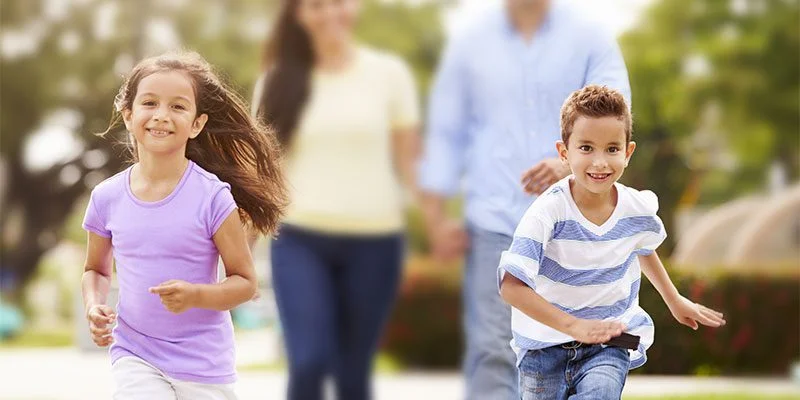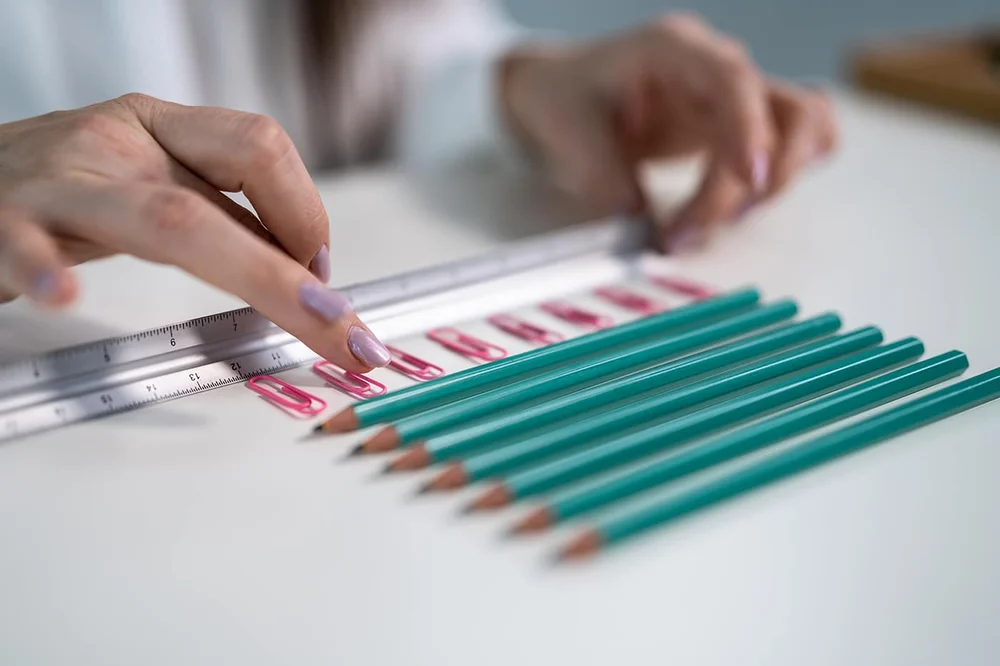Simple & Fun Ways to Help Kids Develop Healthy Habits
Every child in this country should be physically active, well-nourished, and healthy. Unfortunately, that is not the case. In fact, childhood obesity has increased from 4% in 1982 to 32% in 2015, an 800% increase. Obesity increases inflammation, a low level fire in the body that destroys our organs, and is a risk factor for over 30 medical illnesses.
According to the Centers for Disease Control and Prevention, obese youth are more likely to have:
- risk factors for cardiovascular disease, such as high cholesterol or high blood pressure
- prediabetes, a condition in which blood glucose levels indicate a high risk for development of diabetes
- bone and joint problems
- sleep apnea
- social and psychological problems such as stigmatization and poor self-esteem
Additionally, research has indicated that obesity is associated with poorer academic performance beginning as early as kindergarten.
Evidence shows that students who eat right and are physically active learn lifelong habits and are better equipped to succeed academically.
In celebration of Every Kid Healthy™ Week, here are simple and FUN ways to help kids develop healthy habits:
Play with food – Even the pickiest of eaters are often more willing to try new foods when they are disguised as trains, boats, cars, bees, butterflies, or cows. To make a penguin, dip ½ of a banana in a melted Brain In Love dark chocolate bar, add raw almonds to make a beak and feet, and finish with a little shredded coconut for snow and eyes.

Plant a family garden – Kids are far more likely to try new foods if they have been involved in choosing what to plant, mulching, watering, weeding, and eventually harvesting. Caring for a garden also teaches them about responsibility and physically working a garden is a great form of exercise! If you are short on space, try a community garden or plant some tomatoes or spinach in a container.
Get the whole family moving – Exercise is one of the most critical ways of supporting healthy development. Make time for everyone to get moving together. Go swimming, take walks, ride bikes (make sure everyone wears appropriate helmets), or try geocaching together. The exercise and time together will benefit the overall health of everyone in the family.
Tell a story – Reading aloud to your children is one of the most effective ways of building the “language” neural connections in their growing brains. Additionally, when you read to your child, he learns to use logic, to understand cause and effect, and how to think in abstract terms. He learns the consequences of actions, and the basics of what is right and wrong. For those that are able, have your child read aloud to you. Research additionally indicates that reading together is one of the most powerful ways to develop bonds with your child.
“Fatten” their brains – With omega-3 fatty acids, that is! The human brain goes through tremendous growth in childhood and it is critical that kids consume adequate amounts of specific types of essential omega-3 fatty acids, such as DHA and EPA, in order to support their brain’s rapid development. BrainMD Health offers Coromega’s unique omega-3 supplement – a full daily dose in delicious lemon-lime or orange flavored creamy, pudding-like packets with no fishy aftertaste. Who knew that taking fish oil could be this much fun?
Eat the rainbow – This does NOT mean Skittles or jelly beans. It means teaching your children to choose healthy foods in a variety of different colors, such as blueberries, spinach, pomegranates, yellow squash, and red bell peppers, at every meal. Eating foods of different colors isn’t just fun—it has health benefits too. Help your kids understand the nutritional value of including a rainbow of colorful fruits and vegetable in their regular diet. Make a game of challenging them to eat a meal that consists of every color of the rainbow.
Look at Labels (Food, Not Clothes) – Although your kids (especially tweens and teens) may care most about the label on their clothes, it is important to teach them to pay more attention to food nutrition labels. Show kids how to read the labels that actually affect their health. Focus on a few key parts of the label (such as the amount of trans fats, and grams of sugar or sodium) to avoid overwhelming them.
Be curious, not furious – Model for your children how to be resilient. It’s easy for kids to get discouraged when things don’t go their way. Show them the importance of staying positive and learning from their mistakes. Help your kids develop healthy self-esteem and a positive mindset by teaching them they are unique, lovable, and capable no matter what challenges they experience. Make it a practice to take turns at dinner talking about things each person is grateful for.
Play every day – Show your child that exercise can be fun rather than a chore! Have a hula hoop contest, play Dance Dance Revolution together, build an obstacle course, play freeze tag or hide-and-seek, throw a Frisbee, toss a ball, or jump on a trampoline. Aim for 30-60 minutes of movement each day, but it does not have to happen all at once. Several small bursts of active play can add up to a healthy kid!
- Veterans Day: One Warrior Shares Some of the Best Ways to Heal from Trauma - November 2, 2023
- Could Your Mood Issues Be Linked to a Pain In the Neck? - October 13, 2023
- What’s At the Root of Your Sciatic Nerve Pain? - September 20, 2023




Very informative article for kids health. weather is coming we should be very serious to protect our child for extreme cold. many children die each year from Pneumonia. thanks admin for sharing this nice article to aware people about child health